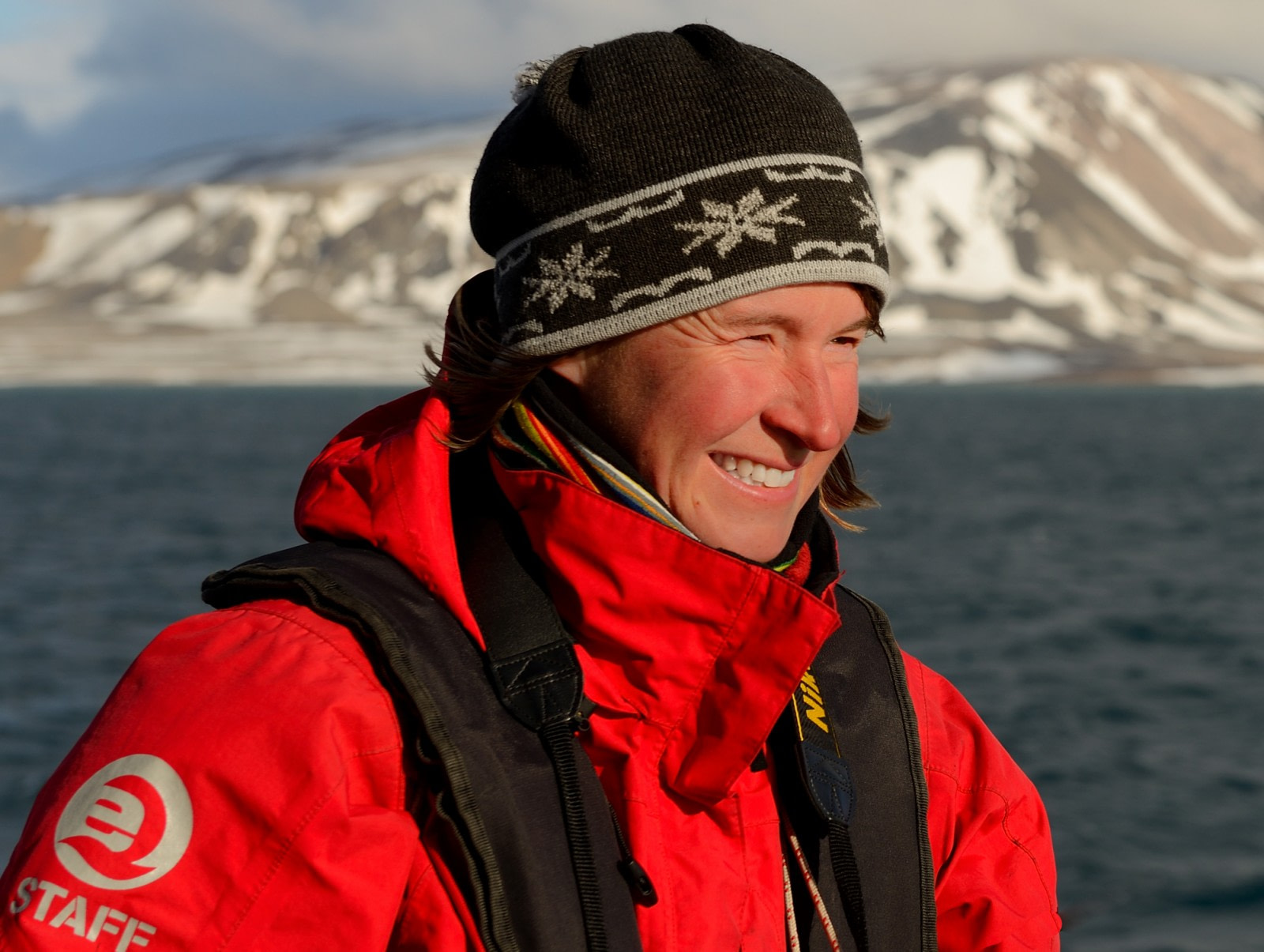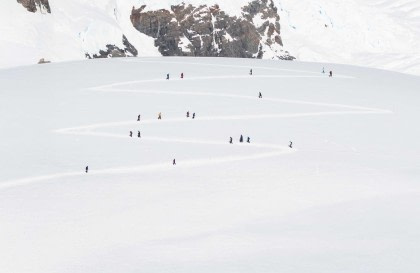Interview with expedition guide and scientist, Katja Riedel
Most of us lucky enough to visit the polar regions seldom do so more than once, and we’re rarely specialists. The most enthusiastic travelers may have read a few books about glacier formation or historic polar explorers, but it’s typically our expedition guides (sometimes veteran scientists) who give us the real scoop on these icy environments.
In this regard, few guides are more qualified than Katja Riedel.
Katja has been a polar expedition guide in both the Arctic and Antarctica since 2011. Before that, she worked for over 12 years as a research scientist in Wellington, New Zealand, studying greenhouse gases in the atmosphere and in ice cores. She has embarked on numerous Arctic and Antarctic adventures, and her career is now providing other travelers their own adventures in the polar regions.
We sat down with Katja to ask her a few questions about expedition travel and her own experiences in this unique profession.
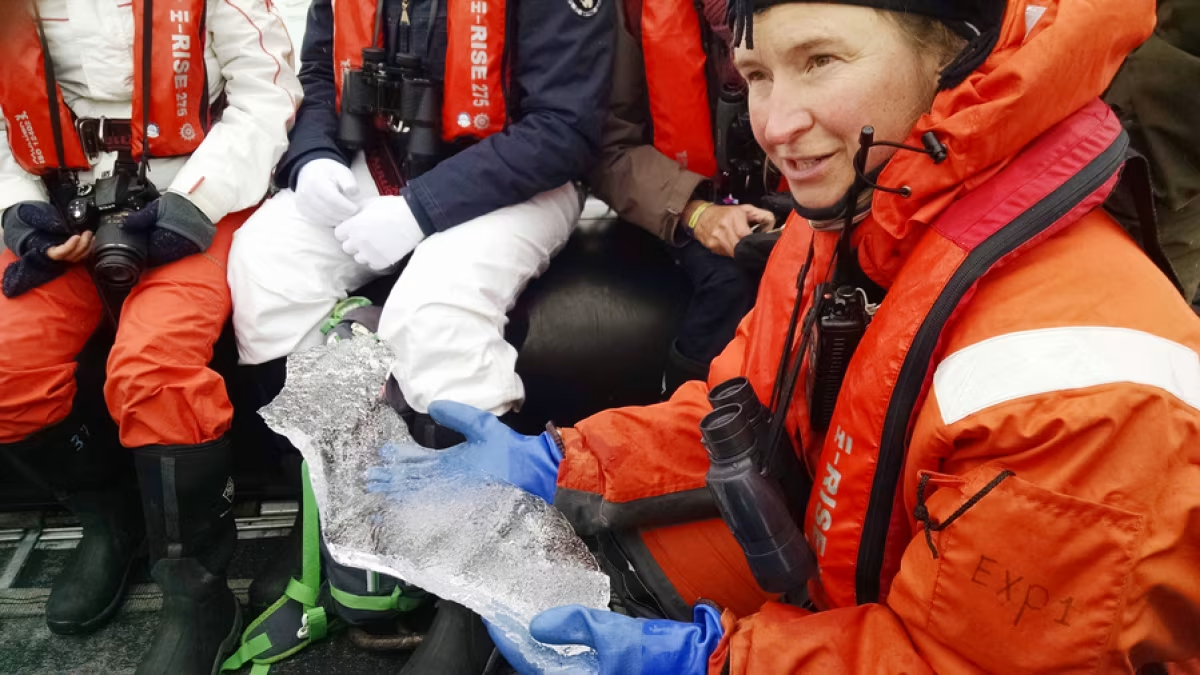
What branch of science did you work in before becoming a polar expedition guide?
I studied atmospheric chemistry for 17 years, measuring carbon dioxide in the atmosphere and ice cores. Naturally, during that time I noticed ever-increasing carbon dioxide concentrations in the atmosphere – so much, in fact, that every two years we had to make up new calibration gases because we kept exceeding our own scales.

For those of us who may or may not have failed science, what exactly is a calibration gas?
It’s a gas we use as a standard, a comparative reference against which we compare other gasses while we’re designing gas detectors or analysers. Does that make sense?
Totally, let’s move on. You were saying something about rising carbon dioxide levels…?
Dramatically rising, yes. I would say today’s science, especially about greenhouse gases, is very settled. There’s no doubt anymore, for scientists anyway, that increasing greenhouse gas concentrations lead to a temperature increase and climate change. What the researchers are now investigating are feedbacks.
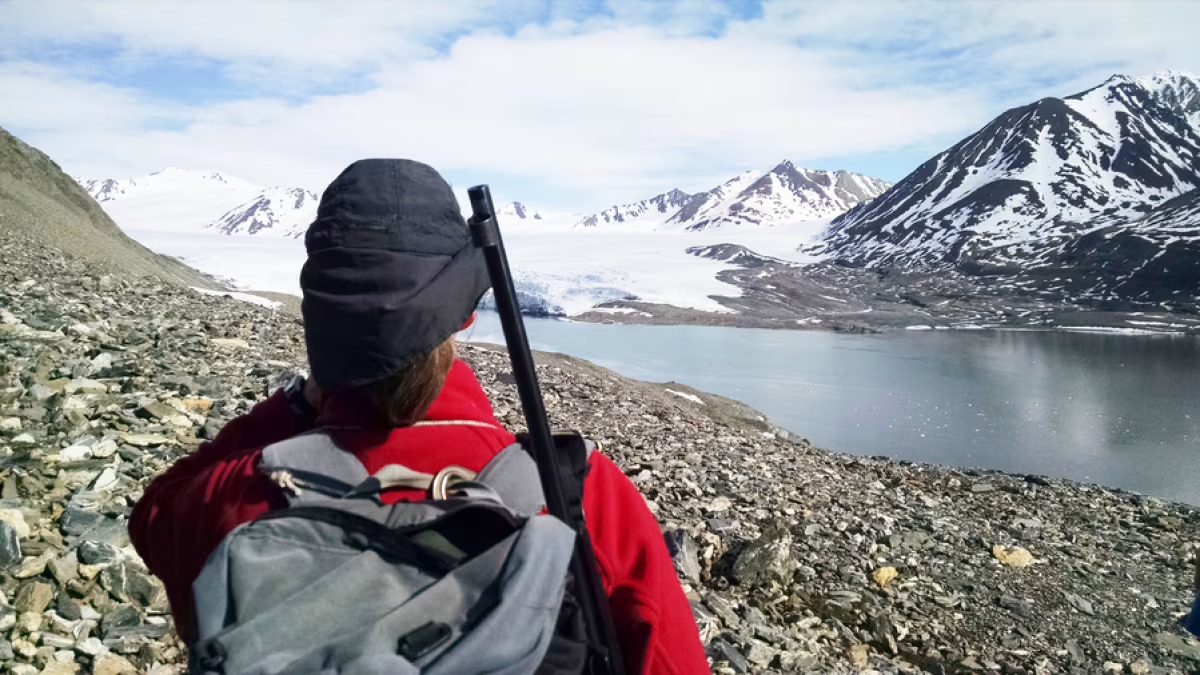
As in, the specific impact of these changes?
As in, what happens when glaciers melt and more fresh water gets into the oceans. How does that influence ocean circulations? And most of all, what are the time frames for these changes? Years, decades? So far changes have happened faster than forecasted.
I’m afraid to ask, but can you give us an example?
For one, the decrease in Arctic sea ice extent is much faster than models predicted. Scientist are no longer looking at “if climate change happens” but “when it happens.” And we are very sure now that the temperature increases we are seeing are due to human activities. That was not so clear, or clearly stated, 20 years ago.
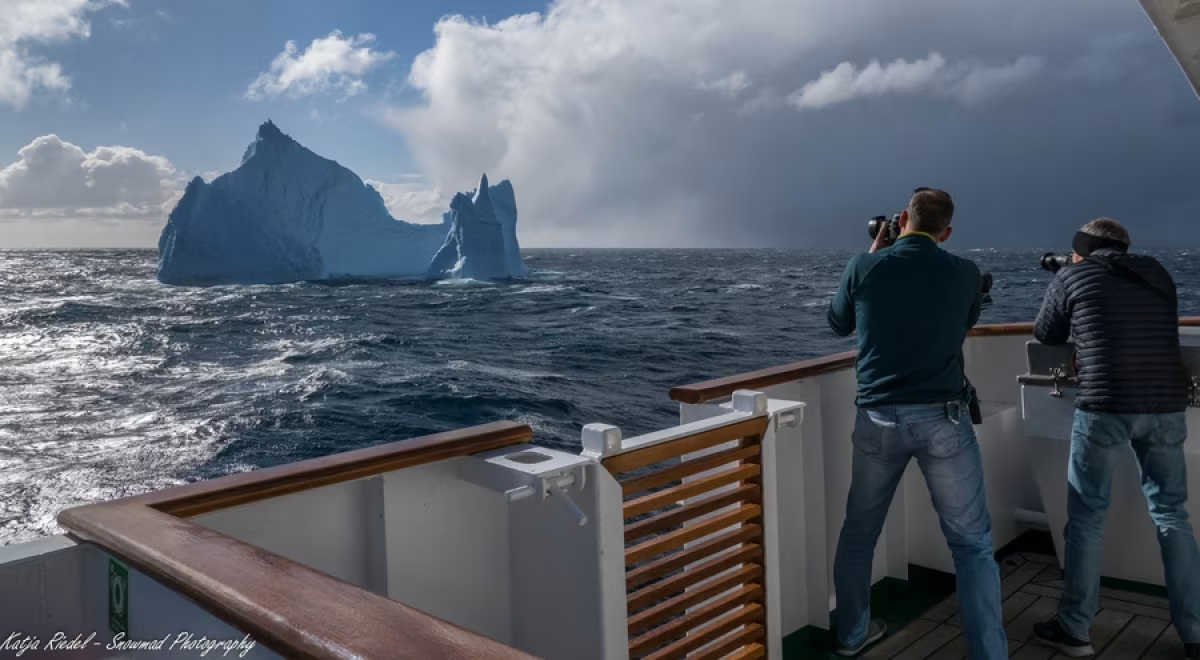
For someone with your background, it must be pretty mind-boggling that some people still think global warming is a hoax.
Just hearing about the whole hoax-or-reality “debate” makes my blood boil. There is no debate. Scientists working in climate science agree that climate change is happening. It’s only a debate for a few journalist and people with personality issues.
If you read about the debate, you have to look hard at who’s talking. Is this person a scientist? Does she or he refer to peer-reviewed literature or just “grey literature,” articles that have not gone through strict peer review?
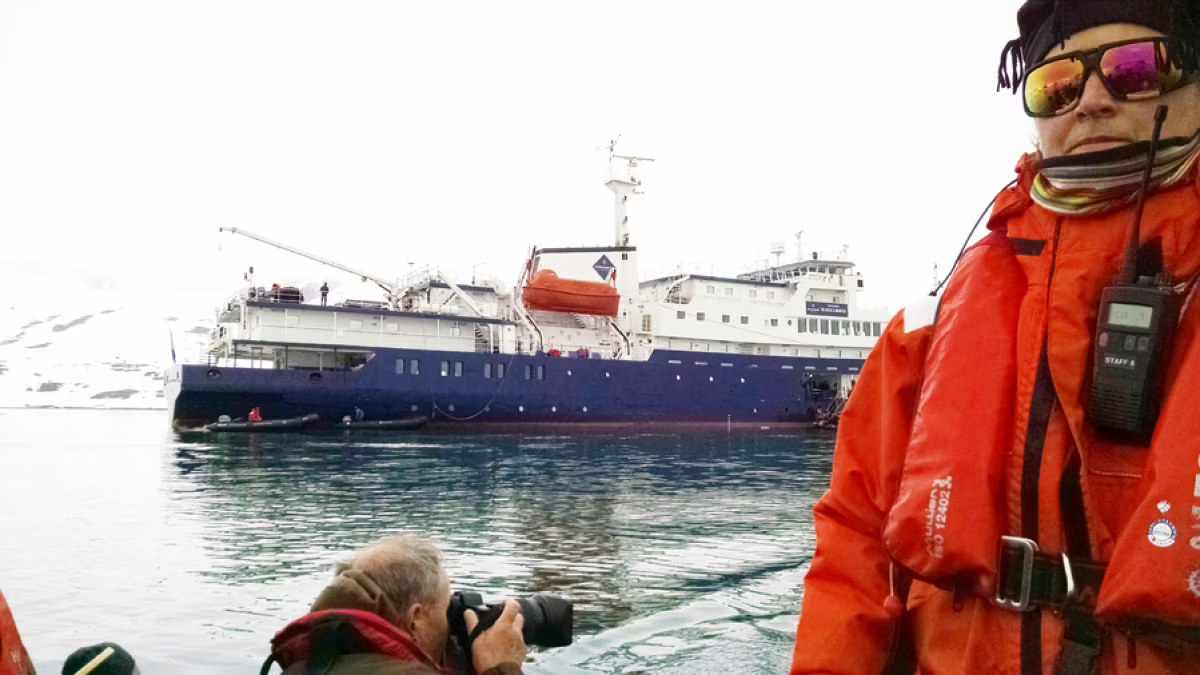
What about the people who think scientists are just flat wrong?
Do you know how much effort it takes to come up with just one number for carbon dioxide concentration in the atmosphere?
We were running 12 different calibration gases in a strict order, using algorithms to compensate for instrument issues, taking into account the meteorology of the air masses, intercalibrating our instruments regularly with colleagues all over the world.
And then there’s this hobby chemist who tells you the measurements made in his backyard show a lower value, and that because of this, our measurements are clearly wrong. So I get quite angry when confronted with this kind of thing.
I hope that by giving lectures at universities and on the ships I will be able to spread scientific knowledge, make people question the stuff they read on the internet.

Is this part of why you became a guide?
I just love the work. For two years I worked on ships during unpaid leave while continuing to work as a scientist in New Zealand. But because I was taking more and more trips, my institute made me choose: scientist or guide. I guess it’s obvious which one I went with.
You certainly brought a lot of experience with you.
I suppose I did. When I first applied as a guide for Antarctica cruises, I had already lived more than three years in Antarctica. I’d seen many different regions, researched the ice and the climate. Also, lecturing at universities prepared me for public speaking on board. I could even use some of my presentations with a few slight modifications.
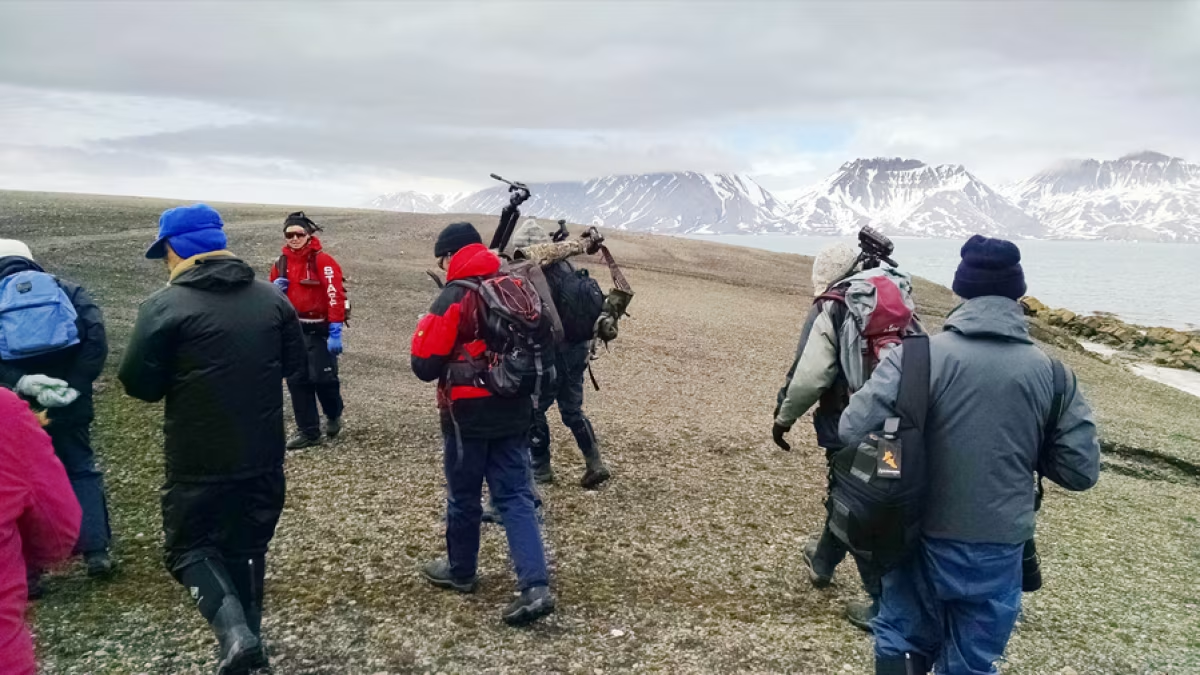
When did you first visit Antarctica?
When I wintered at Neumayer, the German research station. It was there that I gained experience working and living in cold climates. That led to several more scientific expeditions where I measured the ozone or drilled ice cores. Seventeen years later, I became a guide.
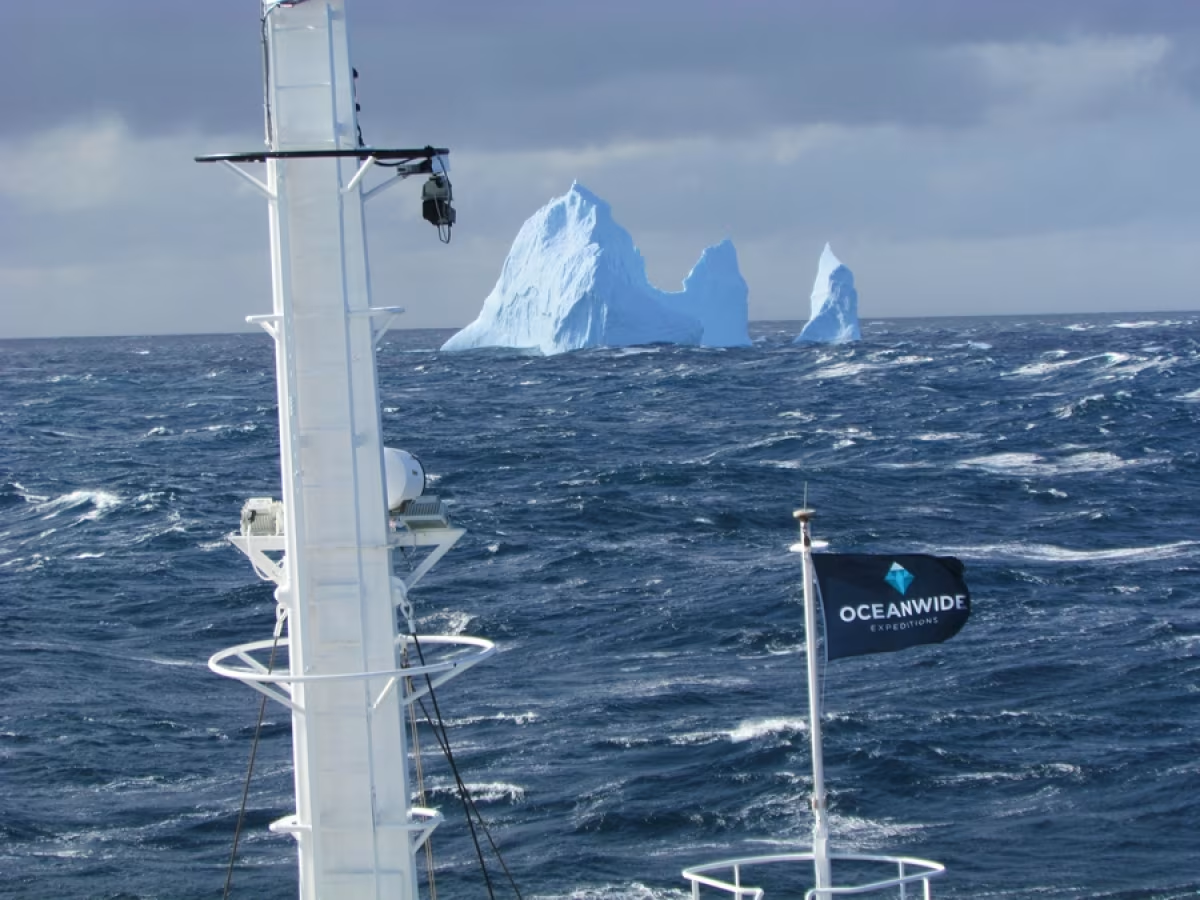
You must have a lot of memories. Any favorites?
Many. During my winter at Neumayer, we regularly visited an emperor penguin colony that was eight kilometers (about five miles) from our base.
At some time during the year, the young penguins were very curious, so they followed us up an ice ramp where we looked out over the sea ice. A group of chicks in their fluffy downs stood there next to us looking into the same direction – their world, their home. That was very powerful.
Another time I went cross country skiing during the whole night on the sea ice in McMurdo Sound with a low-standing sun that made every snow crystal sparkle. As a guide I remember a special visit to St. Andrews Bay during a South Georgia trip, where the sun was just setting behind the mountains at the end of our landing.
Hundreds of king penguins were standing next to a glacial river catching the last rays of the sun on their white bellies.

Are these special moments what you like most about the work?
I like being able to make people happy. This instant feedback you get is one of the highlights for me. If somebody comes to me at the end of the day and says, “Katja, that was the best day of my life,” then it was worth it.
Personally, of course, I love to be able to return so frequently to these amazing places that many people can only visit once in their lives. Being able to see the Arctic and Antarctic at different seasons and in different weather conditions is fantastic.
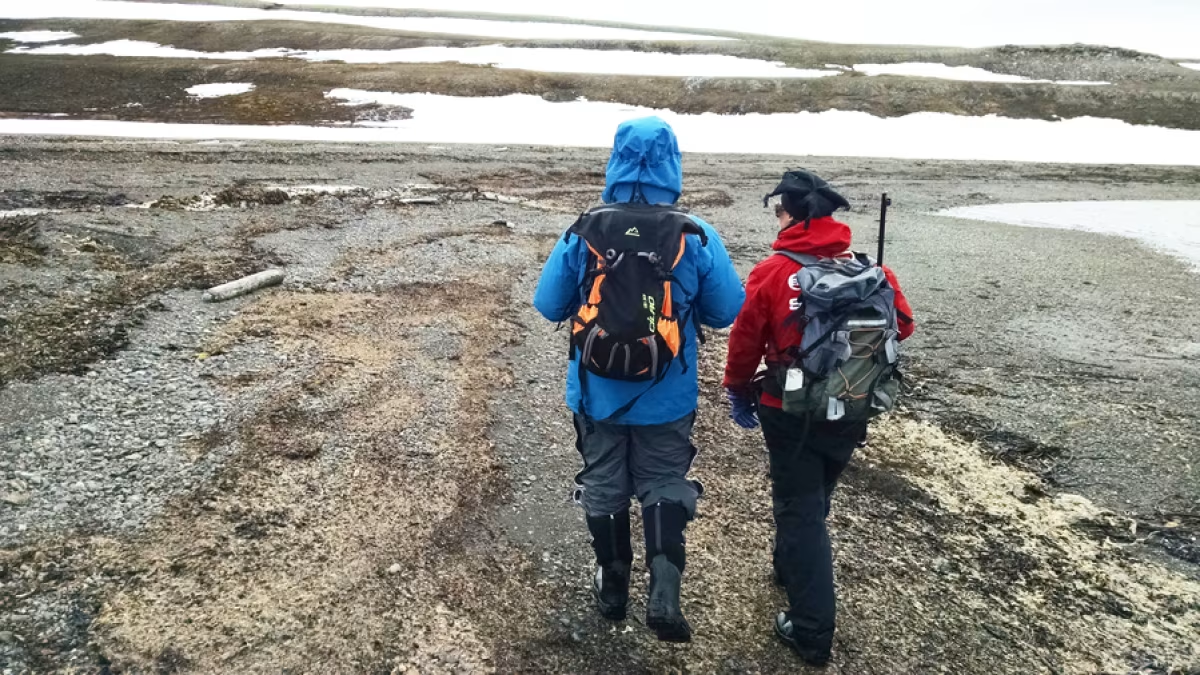
Do you have a polar “desert island” top three places?
Neko Harbour in the Antarctic Peninsula, Røde Ø in Greenland, and St. Andrews in South Georgia. If you get the chance to go to any of those places, take it.
